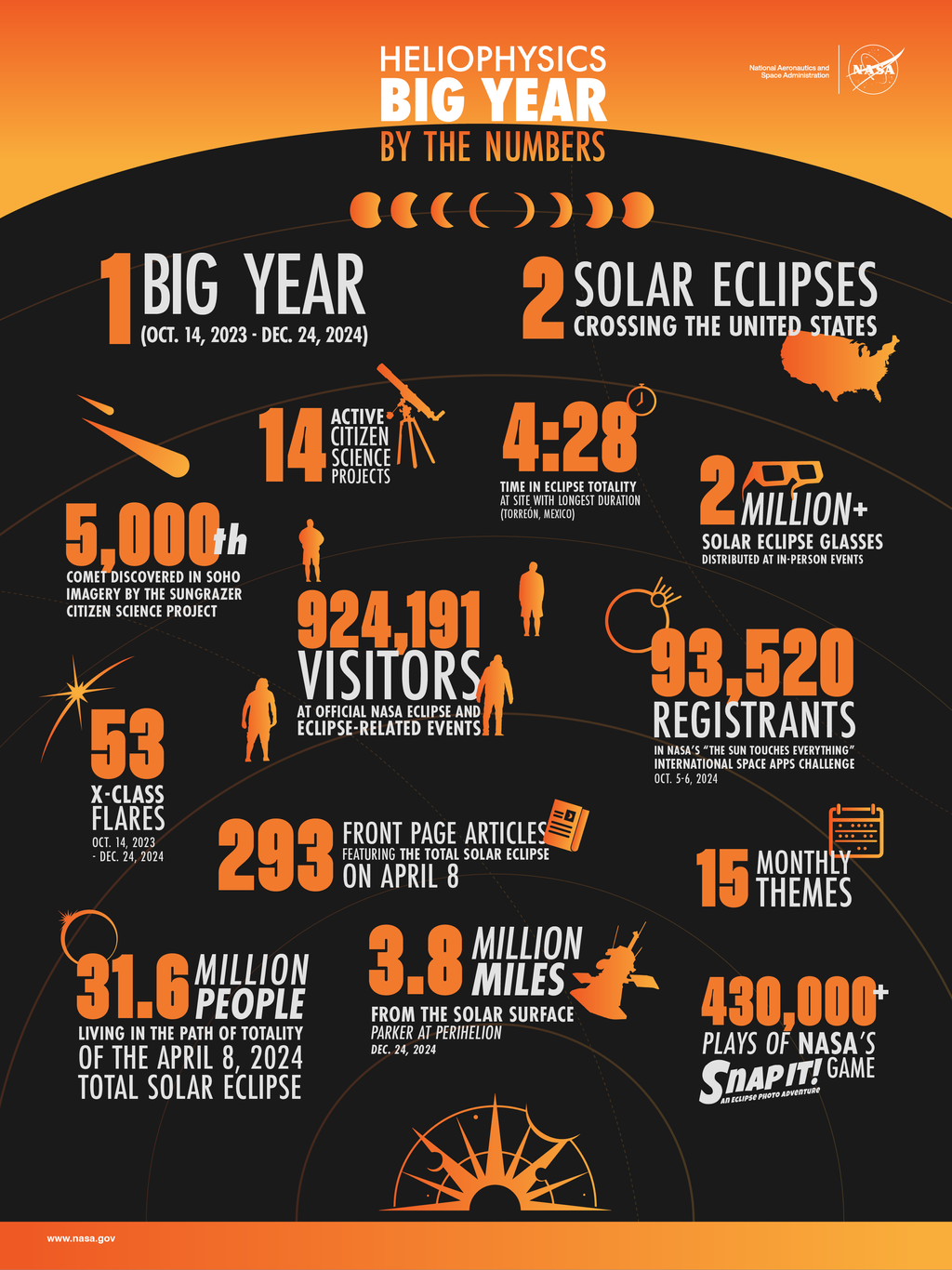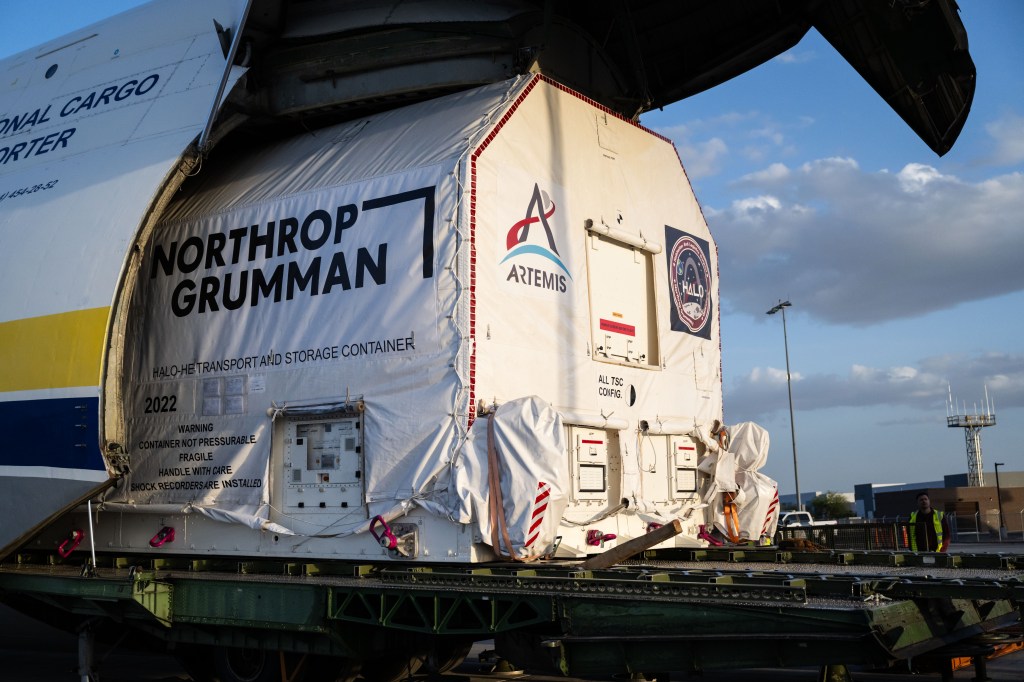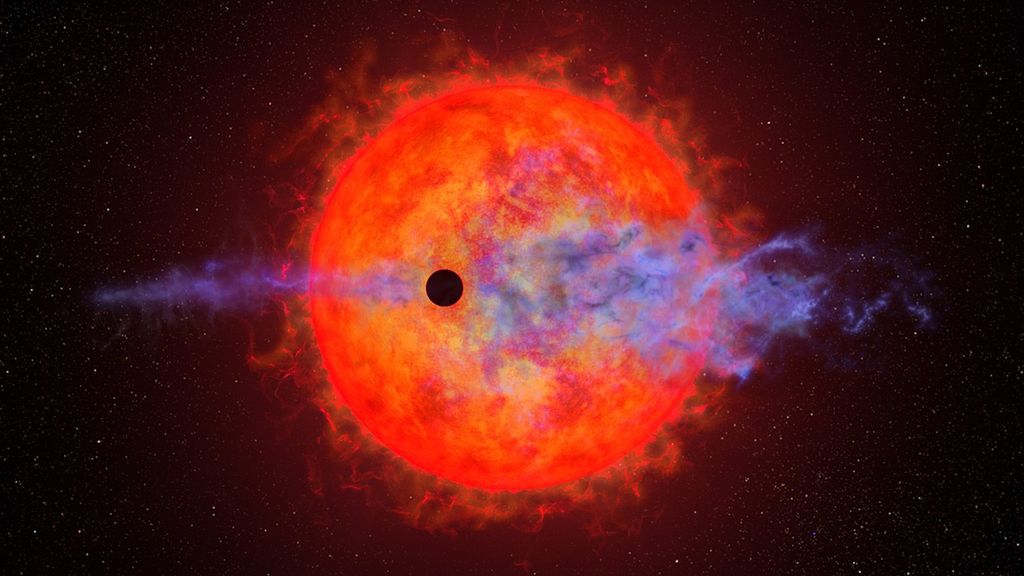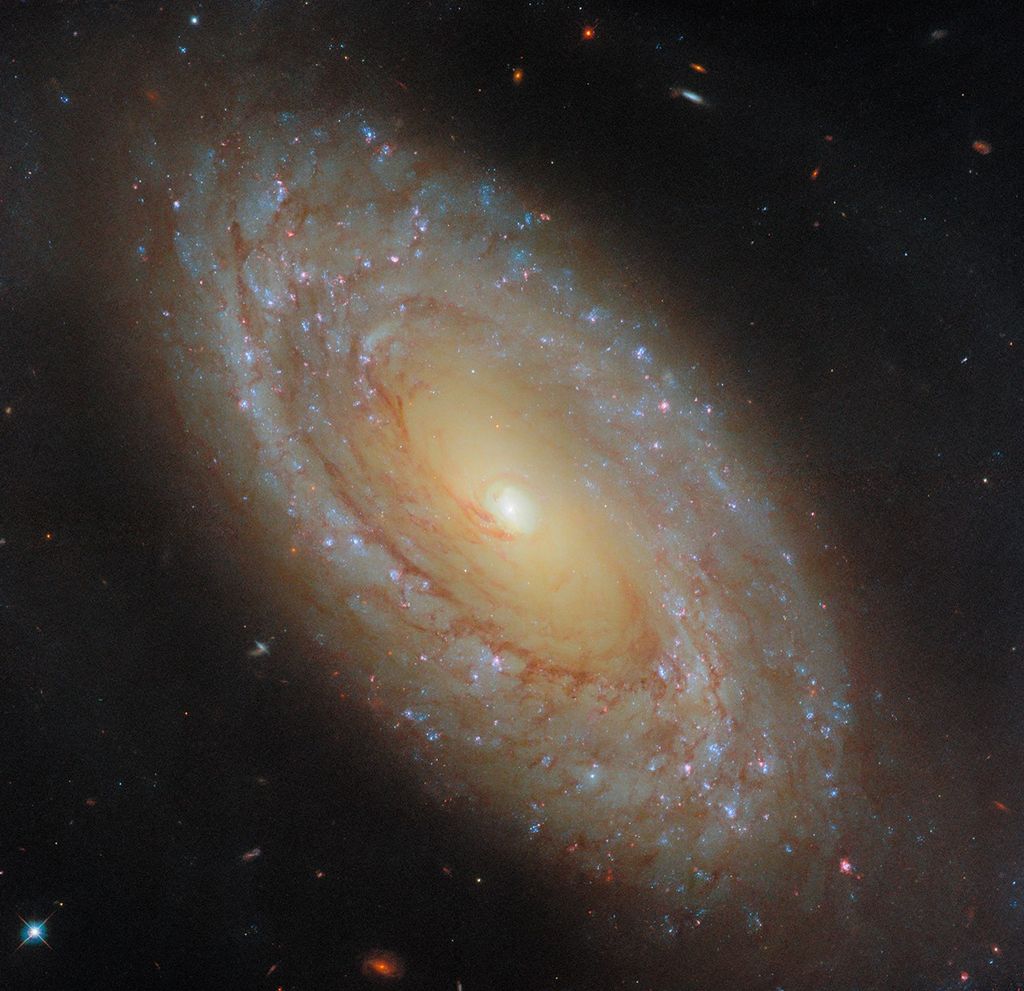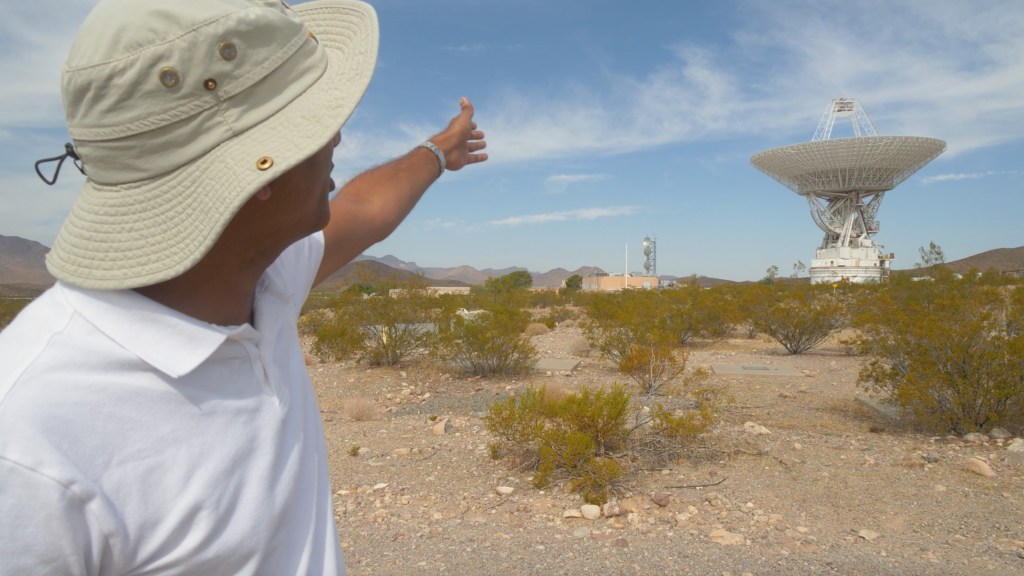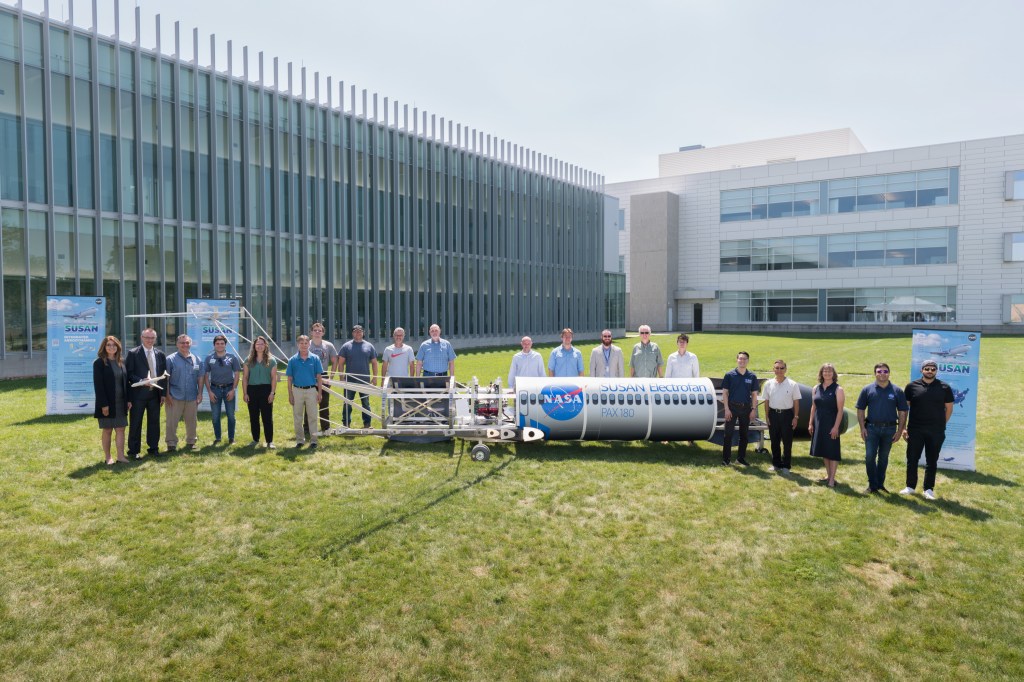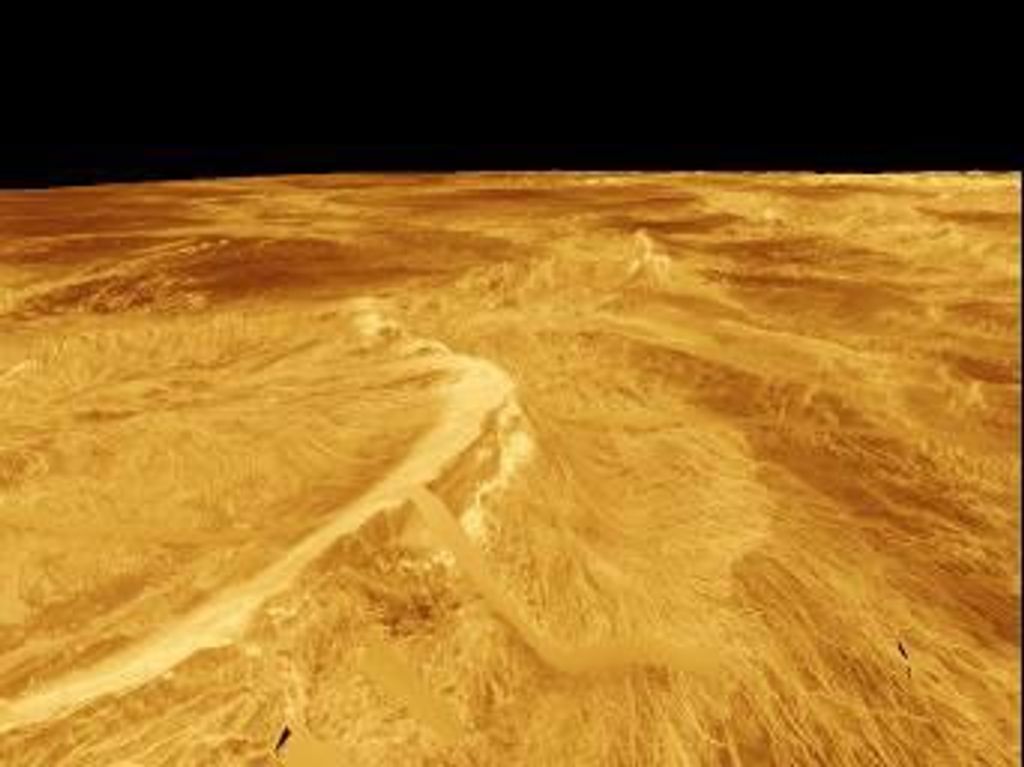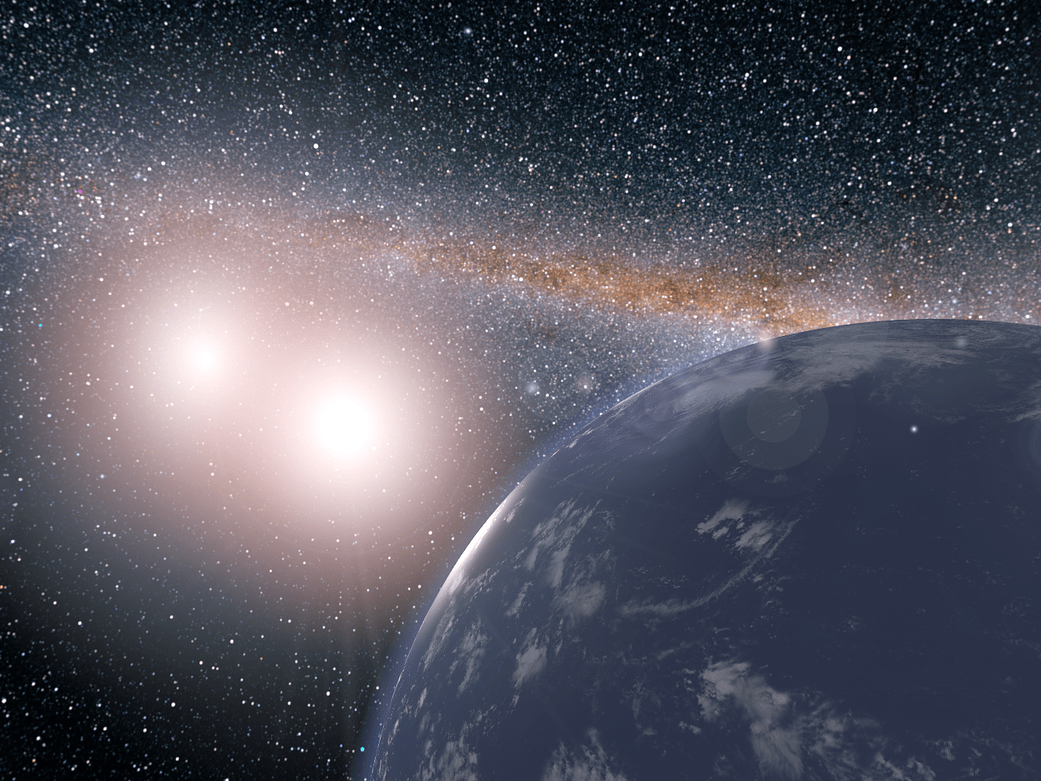
With two suns in its sky, Luke Skywalker’s home planet Tatooine in “Star Wars” looks like a parched, sandy desert world. In real life, thanks to observatories such as NASA’s Kepler space telescope, we know that two-star systems can indeed support planets, although planets discovered so far around double-star systems are large and gaseous. Scientists wondered: If an Earth-size planet were orbiting two suns, could it support life?
It turns out, such a planet could be quite hospitable if located at the right distance from its two stars, and wouldn’t necessarily even have deserts. In a particular range of distances from two sun-like host stars, a planet covered in water would remain habitable and retain its water for a long time, according to an April 6, 2017 study in the journal Nature Communications.
This illustration shows a hypothetical planet covered in water around the binary star system of Kepler-35A and B. In reality, the stellar pair Kepler-35A and B host a planet called Kepler-35b, a giant planet about eight times the size of Earth, with an orbit of 131.5 Earth days. For their study, researchers neglected the gravitational influence of this planet and added a hypothetical water-covered, Earth-size planet around the Kepler-35 A and B stars. They examined how this planet’s climate would behave as it orbited the host stars with periods between 341 and 380 days.
More: Earth-Sized ‘Tatooine’ Planets Could Be Habitable
Image Credit: NASA/JPL-Caltech



